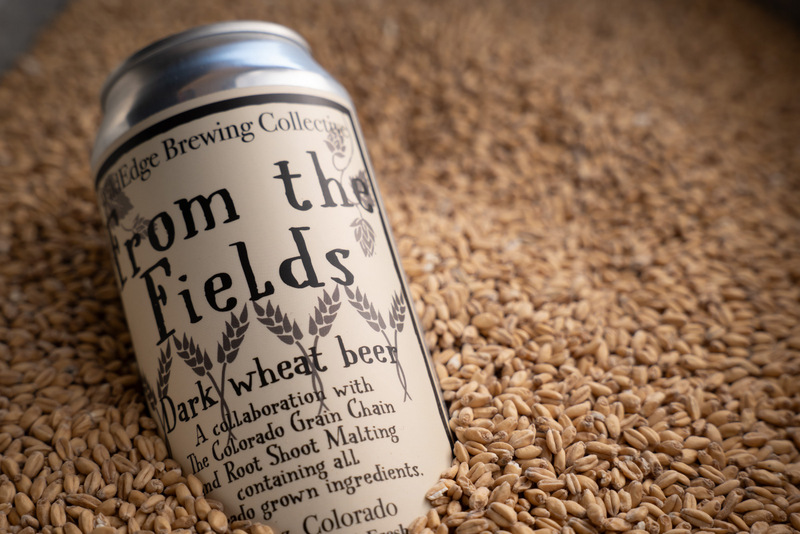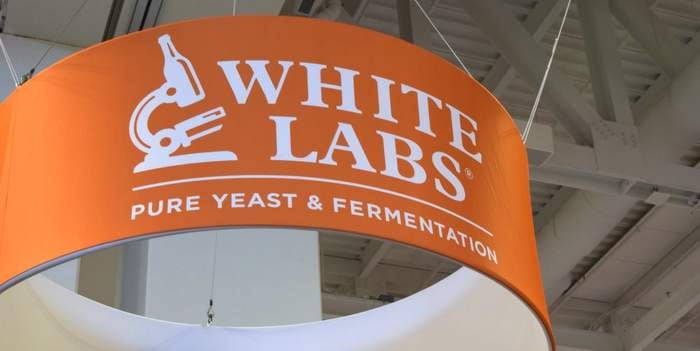During the holiday season, the Craft Brewing Business editors reluctantly head into the world to buy gifts and attend family gatherings. Before heading out though, let’s take a look at some of the top stories of the year from both the craft brewing industry and original features from Craft Brewing Business.
While hops and malts tend to get all the limelight, there are many more ingredients that go into craft beer. Brewers have to consider water quality, yeast, fruits, spices and beyond. Here’s a quick rundown of the best features that focus on the unsung ingredients in craft beer.
The growing challenges of brewery wastewater systems
Water quality is at the forefront of brewing. Not only do craft brewers use water to make their delicious beer products (in millions of barrels per year), but the sanitation of wastewater effluent is an enormous part of the environmentally conscious brewing business. Cleanliness is one of the major credos in the craft industry’s portfolio of environmental stewardship, but despite significant improvement over the last 20 years, water consumption and wastewater disposal remain environmental and economic hurdles.
Many craft breweries have needed to find innovative solutions for water and wastewater management. Why? Sometimes small cities can’t compete with a growing craft brewery’s wastewater needs. In Petaluma, Calif., Lagunitas Brewing Co. spends more than $1 million per year to ship its wastewater to Oakland for treatment at the East Bay Municipal Utility District plant since the Petaluma plant can’t handle the volume and strength of the waste it produces, according to that Press Democrat article. Because of that, Lagunitas is considering buying its own $8 million water treatment plant.
Given these pressing concerns, new and old brewers need to be mindful of the future risks of cost and supply when it comes to wastewater.
Examining enzymes: How brewers use complex proteins
Enzymes have been widely used in Big Beer brewing for a while now. They help to maintain large production and even are used to modify recipes to create customized beers like low-calorie or “light” beer. As far as craft brewing is concerned, there are relatively few brewers who are using enzymes and even fewer who will talk about it. That’s not to say there’s anything inherently wrong with brewing with enzymes — in fact, enzymes could present an opportunity for craft brewers looking to fill a niche.
“Gluten-reduced beer is a huge area where a lot of enzymes are being used,” said Jason McCammon, technical sales for Specialty Enzymes and Biotechnologies, a company that specializes in the production of plant, microbial and animal-based enzymes. “Some brewers choose to use an enzyme process of degrading the gluten molecule to reduce the gluten content of beer made from barley, while others are trying to make beer from actual gluten free grains using enzymes to convert the starch to sugar. You have to use something to convert the starch and make it available to the yeast as sugar. If you can’t use malt, from the typical malted cereal grain, then some brewers use commercial enzymes.”
There are a variety of available enzymes that can be used in brewing for a multitude of purposes.
Crafting yeast: Wyeast Labs talks craft brewing, yeast trends
As the old saying goes, “Brewers make wort, yeast makes beer.” With craft brewers creating crazy new brews and diving into specialized styles, like sours, the usage and strains of yeast are playing an ever-important role in the brewing process. To find out how the craft industry has impacted yeast development and usage, Craft Brewing Business talked to Michael Dawson, brand manager for Wyeast Laboratories Inc., an artisan in the fermentation industry based in the Columbia River Gorge outside of Hood River, Ore.
Gluten Free vs. Gluten Reduced: An important beer distinction
Craft beer brewers and drinkers alike are typically obsessed with what ingredients are in their favorite beers. What kind of hops? What kind of malt? This one was brewed with pumpkin. That one was brewed with spices. Determining what is in a beer is also important for those brewers and drinkers who are gluten free. As gluten free becomes more visible in all food aspects, Pedro Gonzalez, founder of New Planet Beer Co., was quick to point out that in the brewing industry there are two categories of gluten-aware beers — gluten free and gluten reduced, and that is a huge difference to highlight.
Obviously, beers brewed with malted barley or wheat contain gluten. To produce a gluten-free beer, like New Planet does, the process starts with sourcing ingredients that are 100-percent gluten free. Brewers are also able to produce a reduced-gluten beer using enzymes that hydrolyzes (breaks up) the gluten protein. And that’s when the gluten facts can get murky.






RT @BrewandCovered: While hops & malts get the limelight, much more goes into craft beer. Quality, yeast, fruits, spices & beyond. http://t…
While hops & malts get the limelight, much more goes into craft beer. Quality, yeast, fruits, spices & beyond. http://t.co/lwHvNFBWp4
Top #craftbrewing stories of the year! RT @CraftBrewingBiz: Best of the rest: Ingredients: http://t.co/Vj4i3veoA6